An inspiration & reference blog belonging to Fox-Teeth (Erin), a cartoonist living in NYC. For collecting materials related to current & future comics & art projects, generally inspiring or useful things, and just neat stuff. Icon image source: a Book of Hours c. 1460 held by Museum Meermanno-Westreenianum Background image source: The Pepin Press Mobile header image thing source: New Year's Eve Foxfires at the Changing Tree, Oji, No. 118 from One Hundred Famous Views of Edo By Utagawa Hiroshige, image from the Brooklyn Museum
Don't wanna be here? Send us removal request.
Text






vodun day, 2020 benin. julio sacristan
24K notes
·
View notes
Text


Door Knocker
European 15th–16th century
Metropolitan Museum of Art
#lizards#dragons#medieval europe#architecture#interiors#doors#metalwork#found this delightful guy while searching for something else
9 notes
·
View notes
Text

Livre Des Merveilles (BNF Fr2810): Fol. 55v (1410)
Sourced from Wikimedia Commons
1 note
·
View note
Text

Jukumari masker, Bolivia, by maskedtraditions
1K notes
·
View notes
Text

Fish Necklace by vacialanevera
2K notes
·
View notes
Text

Roman ring, 1st century. Silver two-headed snake with gold eyes.
British Museum
A ring like this one was found in Pompeii, but made entirely of gold. Apparently this type of ring was fashionable in the first century of the Roman imperial era.
457 notes
·
View notes
Text




Built into a hillside overlooking the Urubamba River and located on the Inca trail, Winay Wayna likely served as a rest stop for weary travellers on their way to Machu Picchu.
324 notes
·
View notes
Text



I wouldn't want to come across these in the middle of the night, they would scare my pants off. Phoenicians/Carthaginians apparently thought so too because they placed these menacingly grinning masks inside their tombs to scare off evil spirits and guard against evil. These particular exemplars come from Tunisia, Spain, and Sardinia respectively.
2K notes
·
View notes
Text

Demonic Pigs Attack. Vincent of Beauvais, Le Mirouer historial (French translation of Speculum historiale), Paris 1463. BnF, Français 50, fol. 256v.
35 notes
·
View notes
Text




L'anse Aux Meadows. The only completely authenticated European site in North America, a Norse settlement dating back to around 1000 AD. Discovered on Newfoundland in 1961. Studies of ancient Icelandic sagas indicate that this was the land known as Vinland to the Vikings. Leif Erikson, the son of Erik the Red, is credited with first landing in Vinland.
officialabouthistory
2K notes
·
View notes
Text


Griffins and Unicorns, from Andrew Lang's The Red Book of Animal Stories by Henry Justice Ford (1899)
3K notes
·
View notes
Text

Vision (1879) by Odilon Redon
935 notes
·
View notes
Photo

Roman mosaic floor discovered under a vineyard in Negrar di Valpolicella, Veneto.
108K notes
·
View notes
Photo




Prodigiorvm ac ostentorvm chronicon, 1557
3K notes
·
View notes
Text
The artist Paweł Ponichtera seems to have inexplicably dedicated a massive amount of time and effort to hyper-detailed and hyper-accurate illustrations of chinchillas engaged in historical fencing, many with clear and specific reference to particular historical treatises. So, I give you:

Hans Talhoffer Chinchillas
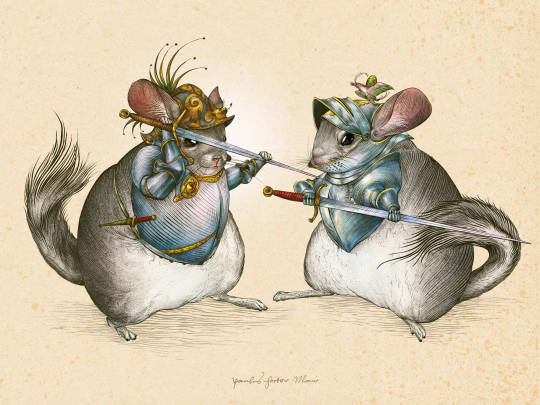
Harnisfechten Chinchillas
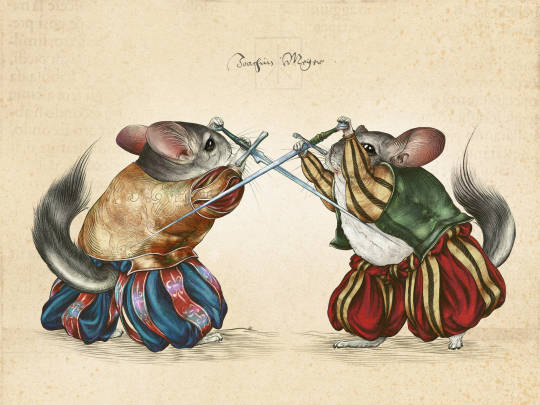
Joachim Meyer Longsword Chinchillas
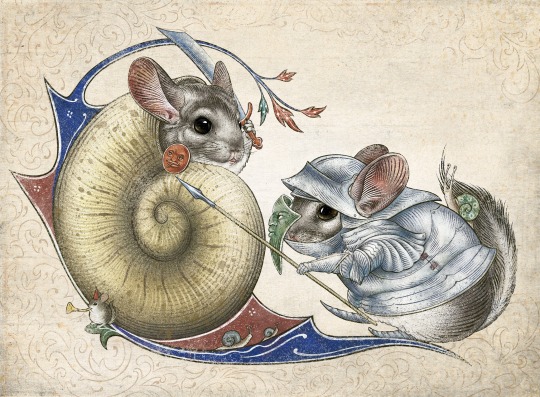
Fantastical Snail Marginalia Chinchillas
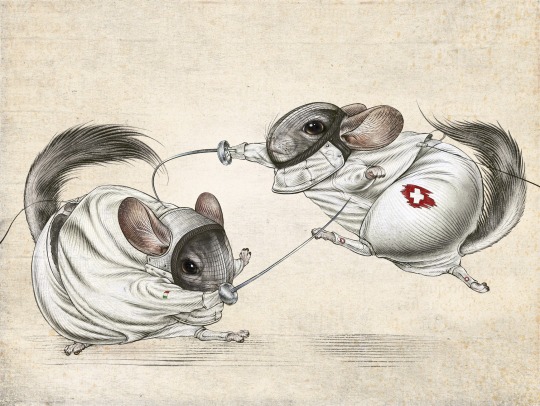
Olympic Epee Chinchillas
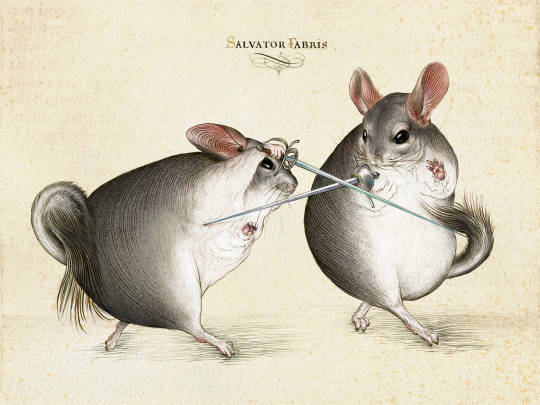
Salvator Fabris Rapier-in-the-Nude Chinchillas
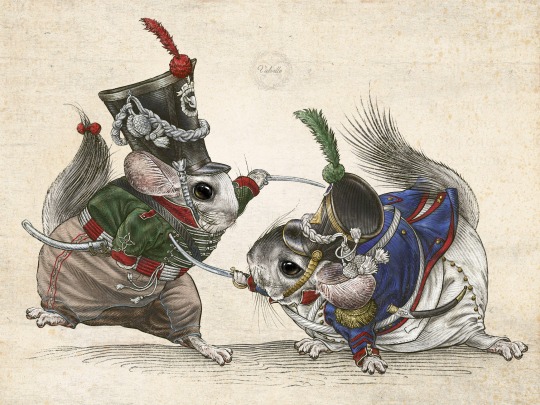
Napoleonic Saber Chinchillas
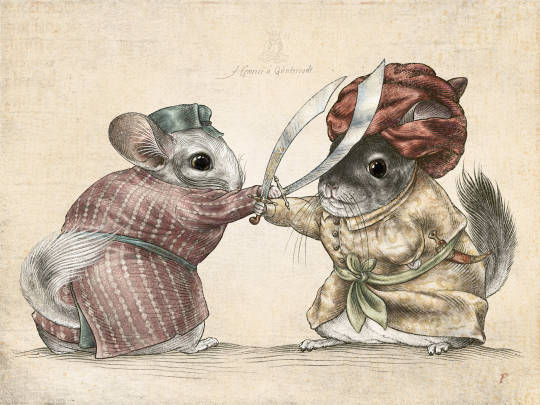
Arabic Shamshir Chinchillas
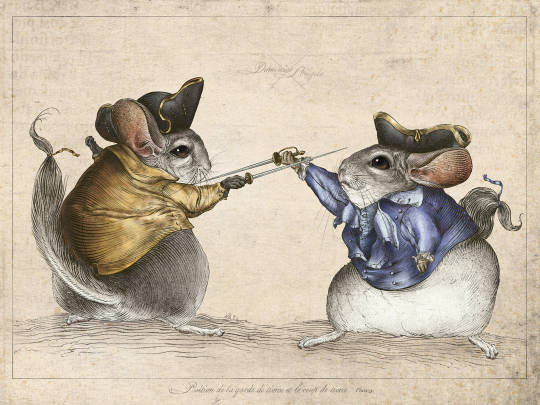
18th Century Smallsword Chinchillas
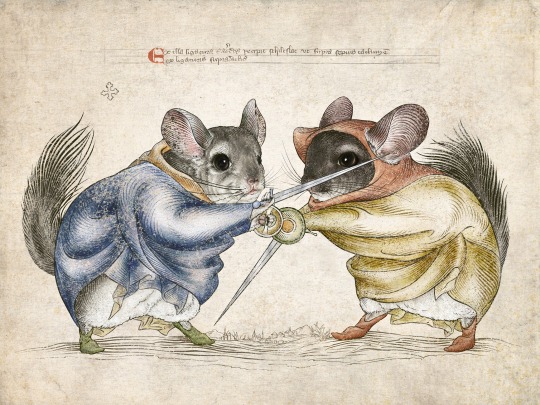
I.33 Sword and Buckler Chinchillas
#illustration#contemporary art#anthropomorphism#weapons#fencing#swords#I appreciate the clarity of this artist's vision
54K notes
·
View notes
Photo

Fukushima, Japan | by everchanginghorizon
3K notes
·
View notes
Text

Waiting for spring. Photo by Igor Gnevashev, USSR, 1980s.
20K notes
·
View notes